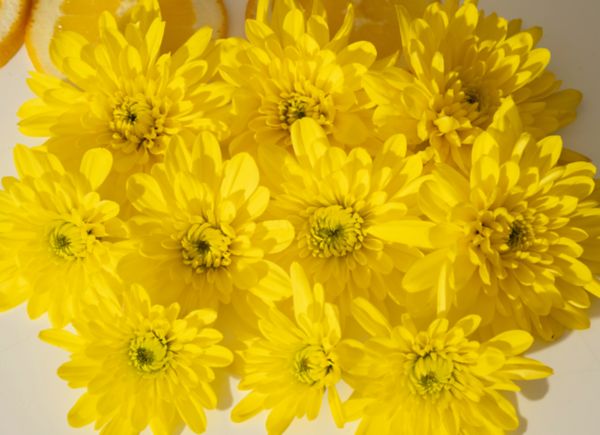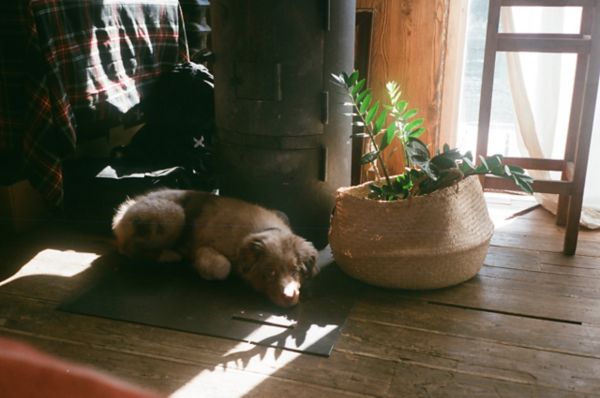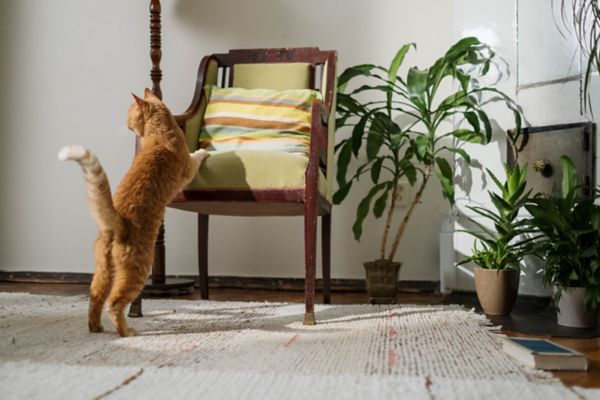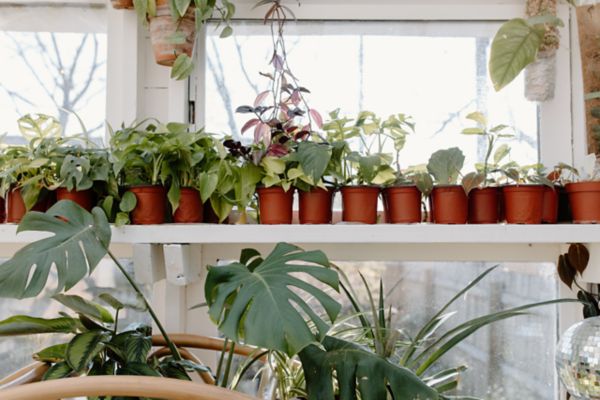How to grow Norfolk Pine
Authored by Leah Chester-Davis
Norfolk Island Pines are like exotic-looking little Christmas trees that are in abundance in garden centers and grocery stores around the holidays, but this is a plant that need not be restricted to holiday enjoyment only.
The plant has a pyramidal, symmetrical shape with evenly spaced whorled, horizontal branches that appear as tiers. Its branches of deep green needles are soft to the touch. Because their appearance is akin to that favorite holiday tree, they are popular as a festive decoration for tabletops or to use as a Christmas tree. They range from a few inches to several feet tall. The bonus is that the plant can be enjoyed year-round as a striking and decorative houseplant.
While they are called pines and even look like a pine, they are not actually in the pine family. Instead, they are a tropical plant that originates from Norfolk Island, which is situated between New Zealand and Australia. Unlike many trees in the pine family (Pinus spp.), this plant prefers temperate climates. For most of us, except those in zones 10 to 11, Norfolk pines are grown as houseplants. They will not survive outdoors during the winter.
About Norfolk Island pines
| Botanical name: | Araucaria heterophylla |
| Common name: | Norfolk Island Pine |
| Plant type: | Tropical evergreen tree, typically grown as houseplant |
| Size: | 12 inches to 8 feet or more |
| Sun exposure: | Full sun |
| Soil type: | Sandy peat |
| Soil pH: | 5.5 to 6.5 |
| Hardiness zones: | 10 to 11, elsewhere as houseplants |
| Average first frost: | Varies by region |
| Average last frost: | Varies by region |
| Container friendly: | Yes |
| Beginner friendly: | Yes |
Growing
This plant is easy to grow yet is a slow grower. While it cannot survive outdoors in winter in Zones 9 and cooler, that’s no reason to throw it away at the end of the holiday season. Give it the right spot in your home and it will thrive, providing enjoyment year-round. It does best in bright, indirect light but will tolerate low and medium light. If you notice its branches drooping, that’s a sign that it needs more light. It will even thrive under fluorescent lights so it can be a good choice for offices. Norfolk Island pine prefers temperatures between 60 and 72 degrees F during the day and 50 to 65 degrees F at night. Keep Norfolk Island pine away from heating and cooling vents or any areas with drafts.
Norfolk pines don't like root disturbance so avoid repotting often.
Planting
Because this plant is a slow grower, it typically does not need to be repotted often. If you buy a plant for yourself or receive one as a gift, remove any outer foil wrapping so that it doesn’t trap water near the plant’s roots. Instead of immediately repotting the plant, give it time to acclimate to its new environment. If preferred, place the plant (in its current pot) into a pretty container to complement your home décor.
If you have a plant that needs to be repotted, which will be important if the plant has become root-bound, use a sandy peat that is slightly acidic such as a potting mix used for succulents. It does not like to have its roots disturbed so avoid repotting often. It may benefit from repotting every 3 or 4 years.
Like many other houseplants, Norfolk pines prefer a relative humidity above 50 percent, yet most homes have a much lower humidity level, and it seems to do just fine without added humidity. If needed, to add humidity, use a humidifier or position the plant on a pebble tray that has water beneath the pebbles. On a pebble tray, the plant will benefit from the evaporating water if the container is not sitting in water. Another way to add humidity is to group several plants together.
Water when the soil feels slightly dry to the touch, and until water drains out the bottom of the container, then empty the water in the saucer. Avoid keeping the soil wet all the time, which can result in root rot. On the other hand, do not let it dry out completely, which will result in branch tips that are brown, crispy, and unsightly.
Water when soil feels slightly dry to the touch.
Fertilizing
This plant is not a heavy feeder so it will not need a lot of fertilizer. Fertilize once or twice a year during the spring and summer using a general-purpose houseplant fertilizer. Follow label directions. If you want a tree that grows more quickly, fertilize it more often. Cease any fertilization during the winter months.
Controlling Pests, Diseases, and Other Problems
This plant typically does not have problems with insects, pests, or diseases. The most common are spider mites. Control by spraying off the foliage. It does not like soggy soil, which can cause root rot. It requires plenty of light and consistent watering to avoid problems with the shedding of lower limbs.
It requires plenty of light and consistent watering to avoid problems with the shedding of lower limbs.
Expert Tips
- When selecting a Norfolk Island pine, the needles should feel supple and not brittle. The color should be dark green. Avoid plants that have browned leaves.
- Plants often grow or bend toward the light so rotate your plant’s container every few days or weekly so that it won’t lean or bend noticeably.
- While Norfolk Island pines make great holiday decorations and gifts, their soft branches cannot hold heavy ornaments. If decorating, use lightweight ornaments or bows. If adding lights, use lightweight strands of LED lights that do not produce heat. Small Norfolk pines are a great way to add both a playful and elegant touch of nature to any holiday décor.
Frequently asked questions
Can I grow Norfolk Island pine outdoors?
Unless you live in Zone 10 or warmer, your plant will not survive outdoors in the winter. In colder zones, consider it a houseplant. And like most houseplants, it will benefit by being placed outdoors after the danger of frost has passed and temperatures have consistently warmed to at least 50 degrees F. Place in a protected area such as bright shade to give it time to acclimate to the outdoors. Protect it from afternoon sun. Remember to bring it back inside in the fall when temperatures cool.
Should I prune my Norfolk Island pine?
That is up to you. Young plans typically don’t need pruning but if any branches or stems have died, you can prune them off the plant. Otherwise, pruning isn’t recommended. However, if your tree is at a height that it’s ready to push through the ceiling, you can cut back the top, which may require some additional shaping of the plant to taper it.
What causes my Norfolk pine to brown and drop lower branches?
This can be due to several different reasons. Inadequate light can cause the lower limbs to drop. So can too little water. Too much water can also be a problem. Your plant may need a higher relative humidity level. One solution is to place it on a pebble tray or use a humidifier. Another reason could be excessive fertilizer. Yet another reason could be that the plant is sitting in an area that is drafty due to heating or cooling vents. You will need to be a plant sleuth and consider whether any of these describe the plant care routine or conditions in your home.







